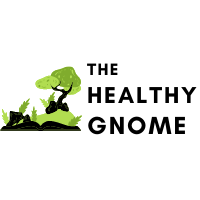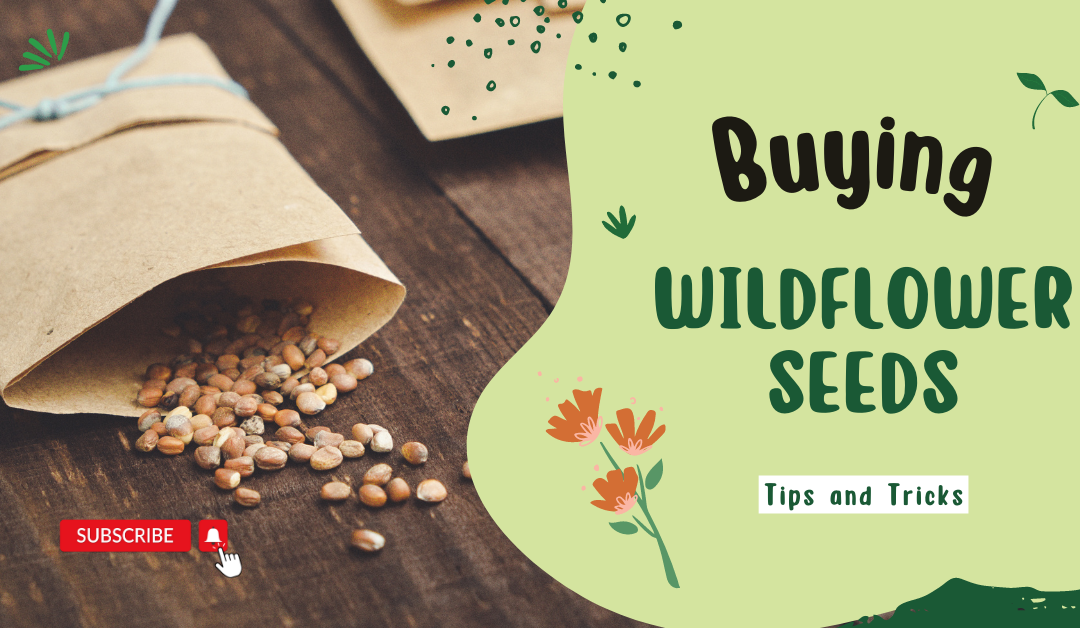Buying wildflower seeds is easy. Walk into a garden center or search for seeds at your favorite online retailer, pay for the seeds and be on your way. However, if you’re buying seeds blindly, you may find yourself with flowers that:
- Don’t match the ideal color scheme of your garden
- Grow better in other zones and not your own
The first packet of seeds we bought at my house, we just picked up anything at Home Depot and spread them out.
No flowers grew.
And that was a few years ago. That’s when we started researching seeds and realized that the seeds and our ground prep were suboptimal.
We’ve since had much better success with growing wildflower seeds – and a ton of others – because of the tips below.
Disclosure: Some of the products we recommend include affiliate links. As an Amazon Associate, I earn from qualifying purchases. We may earn a commission if you buy something through any affiliate link on our site.
Tips on Buying Wildflower Seeds
When you buy seed mixes, there’s always an inherent risk that the seeds won’t grow. For example, you might buy from a company with subpar seeds, or there may be an issue with the soil or sowing of the seeds that lead to failure.
If you have native wildflowers growing in your area, this is a good sign that your seeds will take.
However, many people plant their own wildflower garden in areas where wildflowers aren’t in abundance. The right technique will improve your odds of growing beautiful displays. The following tips can help:
- Regional packs: If you don’t know which wildflowers grow in your region, consider buying a regional mix. These mixes will allow you to buy seeds known to grow in your zone and increase the likelihood of growth.
- Sun and shade: Look to see what level of sun the mix you want to buy requires. If the packet says full sun, be sure that you plant the seeds in an area that satisfies this demand.
- Seeding rate: What is the seeding rate for the packet? I know that 80,000 seeds sounds like a ton of flowers, but a lot of these seeds will not grow into seedlings. If the packet says the seeding rate is 50 seeds per foot and that the packet covers 250 square feet, measure your growing area and buy seeds accordingly. You cannot “spread” the seeds out more and hope that planting 20 seeds per square foot will yield the same results.
- Coverage area: How much area does the seed pack say it will cover? Look at the back of the packet or read through reviews online to ensure that you have enough seeds.
- Annual and perennial: Blooms may last one year, come back every year or even bloom every other year. Many mixes offer a variety of seed types. Look to see what the general percentage of each type of seed in your mix is.
- Pure seeds: Does the seed packet mention pure seeds? Buying pure seeds allows you peace of mind that the seeds aren’t going to have weeds and other random plants popping up.
Many seed sellers do offer a warranty, but read the fine print really well. A 30-day warranty is useless because you’re not going to have blooms this quickly.
You may also want to consider non-GMO varieties and stores that offer chemical-free seeds.
Finally, you need to find a reputable retailer to buy your seeds from. The following are a few good options for buying quality seed, but you’ll find many more in your region.
P.S. If this is your first-time planting wildflowers, read through our guide on How to Plant Wildflowers.
Buying Wildflower Seeds Online
You can find a wide range of seed options at your local garden center. However, if you want to buy your flower and wildflower seeds online, there are more than enough options to choose from.
Wildflowers on Amazon
Amazon has everything. And they have a lot of seed options to choose from, too. You can purchase packets in bulk, find non-GMO options and read through a ton of reviews on the site.
A few of the top-selling wildflower seed mixes on Amazon include:

These seeds are well-rated and promise to have:
- 7,500+ seeds
- 23 species
“Guaranteed to grow,” these seeds fill a 100-square-foot space. If you do choose this mix, I recommend the bulk ¼ pound option because it has 30,000 seeds.

The Mountain Valley Seed Company Store offers a non-GMO package that includes:
- 80,000 seeds
- 19 varieties, including milkweed, lupine and poppy
- 100% pure, non-GMO seeds
Hardiness zones 2 – 10 can use these seeds, which will cover an area of 250 square feet. The seed packets have 69% annual plants, 16% perennial plants and 15% biennial plants.
American Meadows
American Meadows is an amazing company, and they’re known for offering 100% pure seeds with no fillers and non-GMO. In addition, when browsing their site, they categorize all of the wildflower seeds for you by region to help you find seeds that will grow easily in your area.
What makes American Meadows special is that they offer:
- Bulk pricing options for commercial planting or massive gardens
- Guides and videos on how to properly grow your seeds
- 100% satisfaction guarantee
You’ll also find that their prices are amazing, especially on their sales page. Many of their mixes are sold in ¼, ½, 1-, 5-, 10-, 25- and 50-pound options. Each sales page also includes light requirements, advantages of each mix and which zones they grow in.
Growing your own wildflower meadow is magical. You can add pops of color surrounding the native plants that grow in your area, making for an array of colors and scents that you can enjoy.
However, buying wildflower seeds that work well in your landscape, attract native pollinators and offer colorful blooms is your first step to growing success.
The tips above and adhering to the advice in our growing wildflowers guide will increase your chances of growing wildflowers. You’ll find that the information above will be useful when growing bee balm, black-eyed Susan’s, butterfly weed, California poppy, common blue violet, daisy fleabane, Dutch clover, evening primrose, Indian blanket, lupine, oxeye daisy, purple coneflower, Joe Pye weed, wild bergamot and many others.

